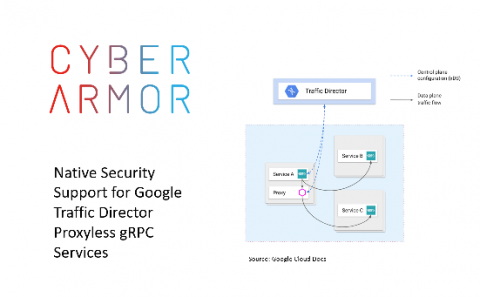How Does a VPN Work and How to Choose one
VPN stands for virtual private network. It allows you to hide your public IP address and browse privately on the internet without being tracked or watched. Basically, a VPN offers you a thick layer of privacy when using your home Wi-Fi or public. These networks were originally designed for big businesses and governments that wanted to keep their activities secret and secure.






